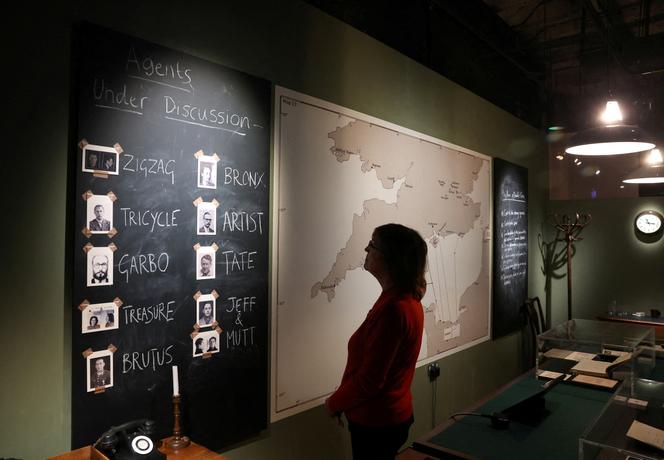

Letter from London

On the ground floor of the National Archives in the West London suburbs, an unusual exhibition – the first of its kind – will run until September 28. It explores the history of the legendary MI5, the United Kingdom's domestic intelligence service, with a trove of original documents on display. As Steve Burgess, the event's organizer, has explained, this marks the first time an exhibition has been staged in collaboration with MI5. This remarkable show of transparency comes from an agency whose very existence was not officially acknowledged until the early 1990s.
Much has changed since the creation of the "secret service bureau" in 1909; now, in our age of social media where conspiracy theories spread rapidly, a controlled form of openness is seen as a way to maintain public confidence. But at its conception, MI5 first emerged in the utmost secrecy, and was designed to counter foreign espionage efforts as Europe was rearming at a rapid pace and London feared a massive influx of German spies on British soil.
The agency began with just two employees: Captain Vernon Kell of the British Army and Commander Mansfield Cumming of the Royal Navy. They quickly realized there was a need for two distinct branches: counterterrorism on British soil (MI5, led by Kell) and the handling of intelligence agents abroad (MI6, led by Cumming).
You have 80.05% of this article left to read. The rest is for subscribers only.
